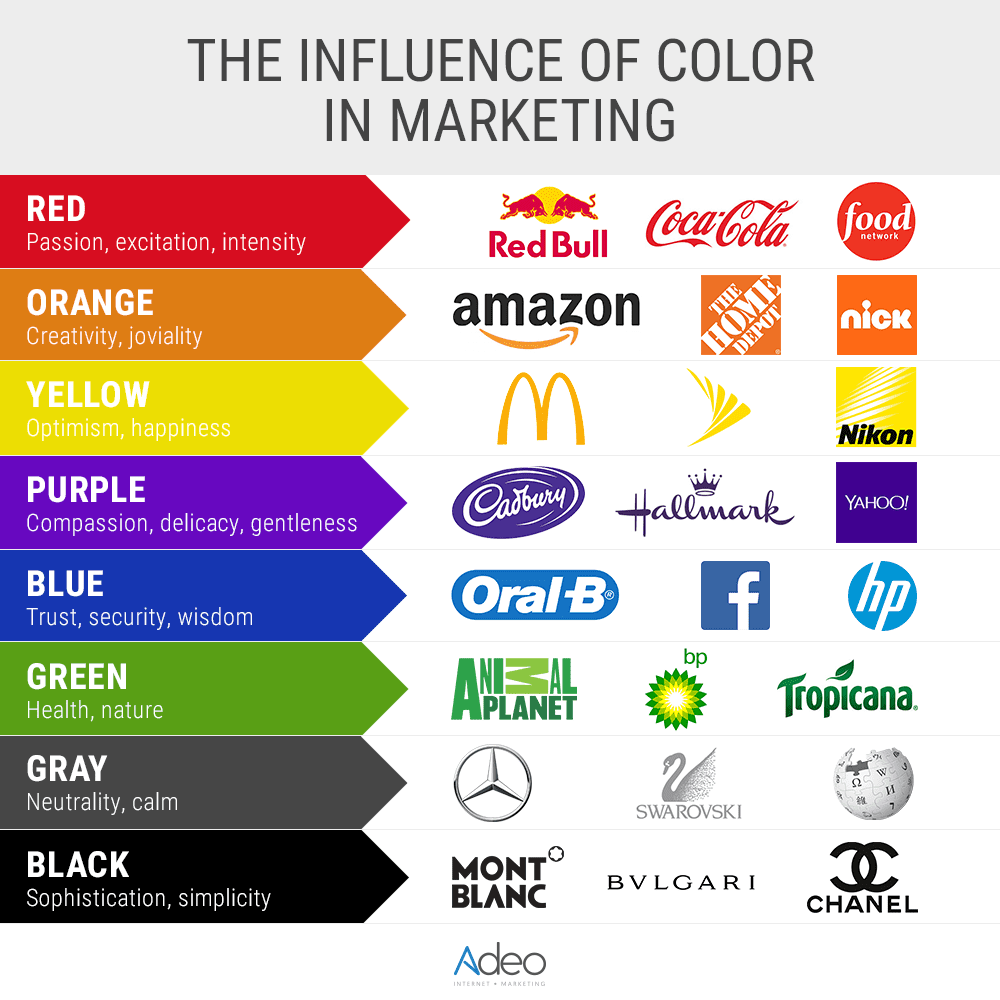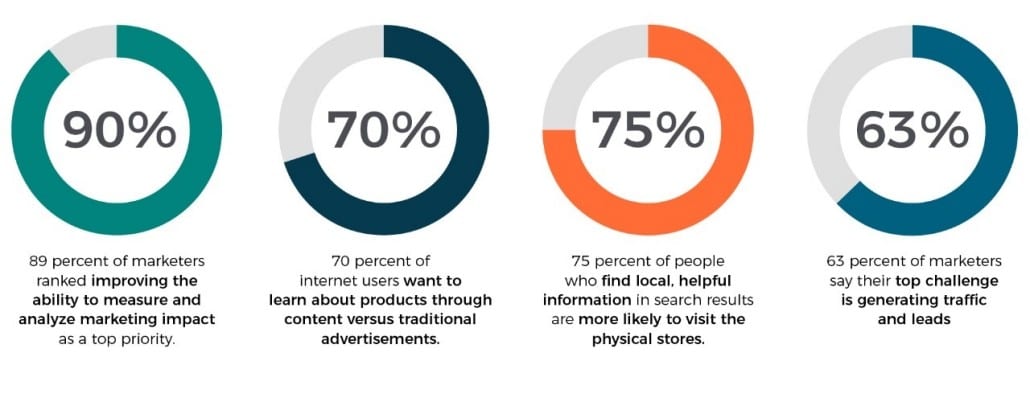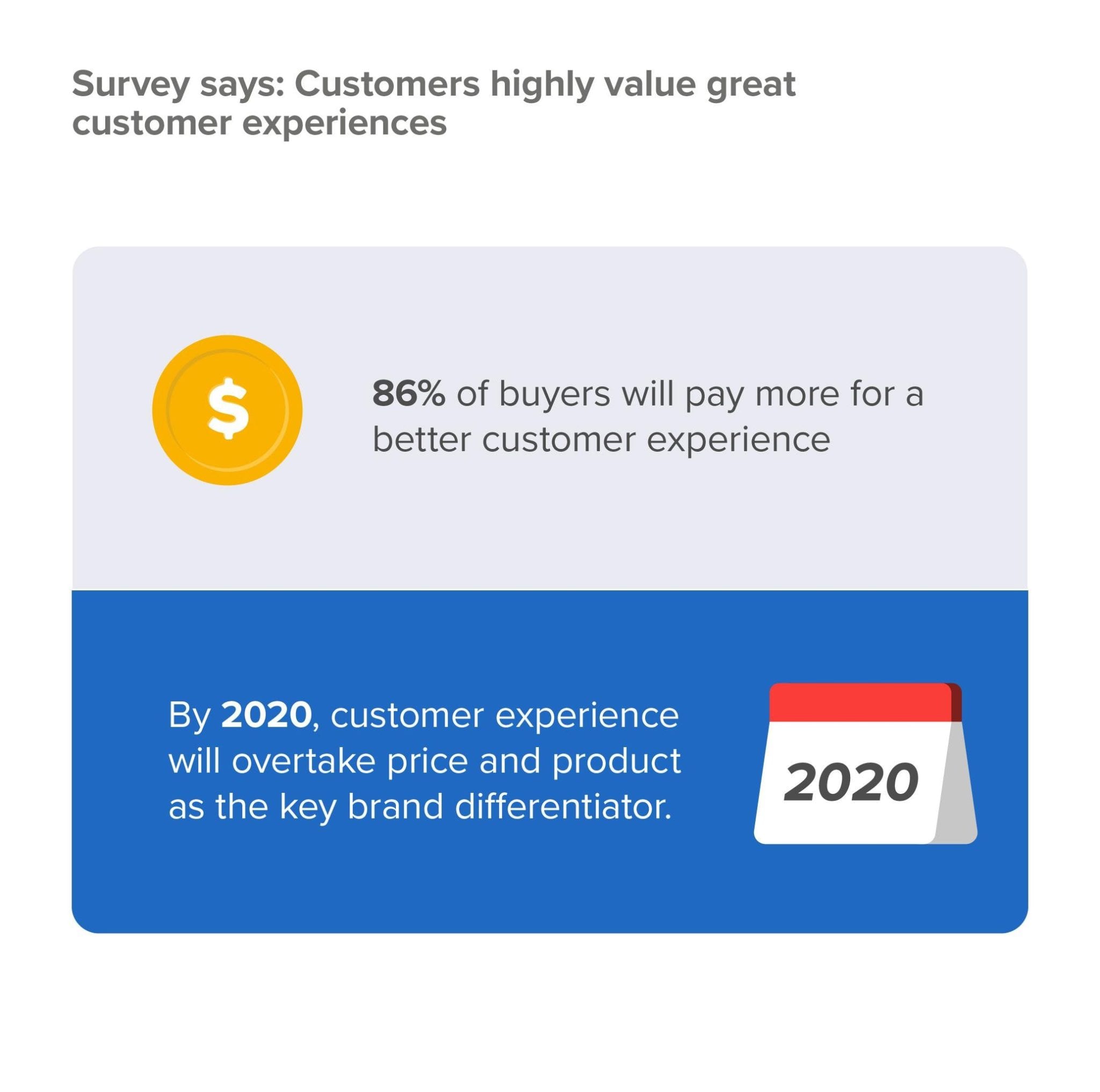Building a successful brand isn’t easy. Even with a great product, you still need a proper brand promotion strategy to reach your target audience.
Many people assume that branding is solely concerned with creating an engaging logo, appealing website, or building a solid product. However, branding doesn’t just include one element. Instead, it is a culmination of many strategic decisions that determine the success of your brand and allow you to stand out from your competition.
In addition, these strategies should align with the overall goals of your business and meet your customers’ expectations. But often, marketers and business leaders overlook some trivial yet powerful elements of a brand promotion strategy.
7 Steps to Create a Successful Brand Strategy
Here are seven steps to creating a successful brand strategy:
#1: Consider the Goals of Your Business
The first and most important step of building a brand promotion strategy is to align it with your overall business goals. A clear and concise brand vision, mission and goals will aid you in creating impactful and robust brand promotion strategies.
86% of consumers prefer an honest and authentic brand personality on their social networks.
If you are an eCommerce retailer your end goal could be customer satisfaction. This means that your brand promotion strategies should be curated in a manner that includes enhanced customer service and experience.
For example, you should focus more on providing your customers with personalized recommendations that align with their purchase intent. This will not only provide value for them but also increase their chances of buying a product.
#2: Define and Identify Your Target Customers
To truly understand what customers want, you have to first identify the right audience.
A target audience can be created by segmenting potential customers by age, gender, location, and behavioral interests.
You should run different ad campaigns for each demographic segment and analyze their behavior to understand your target audience better.
Brands like Amazon, Netflix, Instagram, and Facebook target a highly specific audience for each activity. Whether it is showing an ad to an audience or offering discounts on some services, successful brands focus on creating valuable customer experiences.
A CMO study revealed that 62% of marketers said their usage of online customer data has increased during the past few years.
You can also experiment with different channels, including Facebook, Instagram, or SEM, to identify which channel works best for your brand.
#3: Develop Your Brand Identity
Millions and maybe billions of people can easily identify McDonald’s by merely looking at its logo. Moreover, they can differentiate between McDonald’s and Burger King in seconds. Similarly, people can identify Nike by its tagline.
It’s because these brands have worked extensively to create a successful brand identity that is memorable.
Many small-scale businesses focus on product development, ignoring the fact that creating an attractive brand identity is equally important.
The brand identity encompasses several aspects such as the color scheme of your website, logo design, typeface, tagline, and tone.
Color alone increases brand recognition by about 80%.
To stand out amongst your competitors, you have to be unique while staying true to your brand vision. You should create a color scheme that fits perfectly with your brand while leaving a lasting impression on your customers and increasing your mindshare.
#4: Analyze Potential Leads
Potential leads are possible clients or customers. They have a higher probability of becoming your customers because they have shown some interest in your brand. For example, website visitors can be considered potential leads.
If you’ve finished segmenting your audience from step 2, then you should be able to analyze your potential leads better. Analyze and track their behavioral patterns, browsing habits, products they viewed, and interests. Then, test different products or value proposition to determine what products they are more likely to engage with
You can then target those potential leads via different platforms, including texts, emails, videos, images, ads, forms, and offers.
Retargeting ads are among the most powerful tools to acquire your web visitors and convert them into customers. Their click-through rate (CTR) is almost ten times higher than a regular display ad’s click-through rate (CTR). Consider using them in your brand promotion strategy.
#5: Build a Content Marketing Strategy
Brands focus on building their content marketing strategies because they are highly efficient and impactful. From maintaining good relationships with your existing customers to acquiring new leads, an effective content marketing strategy will help you go a long way.
Content marketing can generate three times more leads than paid search advertising.
A brand’s success is driven by both its reputation and its visibility. Content marketing can help you amp up your visibility by a significant amount. So it’s crucial to have a content marketing funnel in place to seamlessly guide your customers through the buying journey.
One of the most vital elements of a content marketing strategy is social media content. With internet users growing at a relentless pace, it’s becoming clear why brands should be targeting social media platforms to generate sales.
According to a recent report from Facebook Newsroom, there are about 2.41 monthly billion active users on Facebook. Additionally, Instagram has 1 billion monthly active users with more than 500 million of them using Instagram every day.
From tracking behavioral patterns to deriving insightful analytics and finally targeting potential leads, a content marketing strategy can help increase brand visibility.
#6: Maintain Brand Consistency
Brand consistency plays a crucial role in creating a strong brand promotion strategy.
Now imagine if a brand talks about fitness and a healthy lifestyle one day, and promotes an ad with a cheeseburger the next day. Or if a brand’s tone is casual and friendly for weeks, but one day, they start talking formally and treating customers like B2B clients.
People don’t like constant changes and unpredictability. When they believe in a brand, they know what to expect. Whether it’s expecting the same level of customer service or receiving the same quality of products, they know what they will get.
Brand consistency across all platforms can increase revenue by up to 23%.
However, frequent changes or brand inconsistency can divert your target audience from what your brand truly stands for. It can also make them question your brand’s goals and might drive them away.
#7: Value Your Customers
Customer service is essential to your business as it is the key to retaining your existing customers and building new leads. Companies can cut down on their customer acquisition costs and create a loyal customer base by providing top-notch customer service.
When your customers are happy and satisfied, they might recommend your brand to their friends, family, colleagues, and others.
According to research conducted by HubSpot, about 77% of customers share their positive customer service or brand experiences with others.
In fact, 50% of customers tend to increase their purchases from a company if that company offers excellent customer service.
Investing in customer service will help you activate your business strength as it will make your customers more loyal to you. It will increase your sales and revenue by manifold, and also boost your company’s overall branding.
Takeaways
Building a successful brand takes a compelling brand promotion strategy. Take one step at a time and start with building your brand’s vision. Think about how you want your customers to perceive your brand and the culture you want to create.
Read the steps mentioned above to create an efficient and effective brand promotion strategy. If you need any help or have something to share, feel free to drop a comment below.





